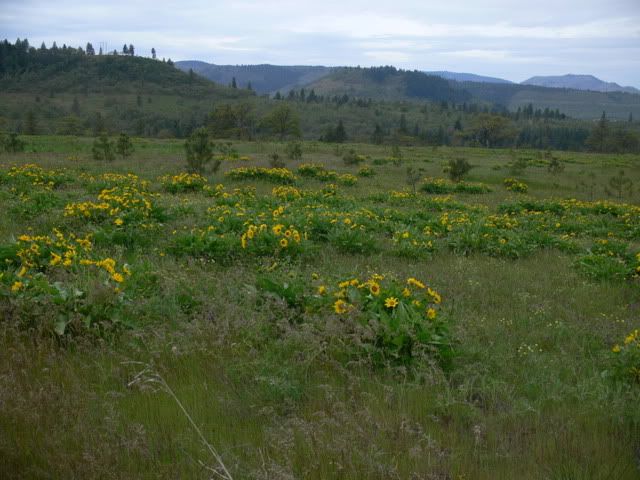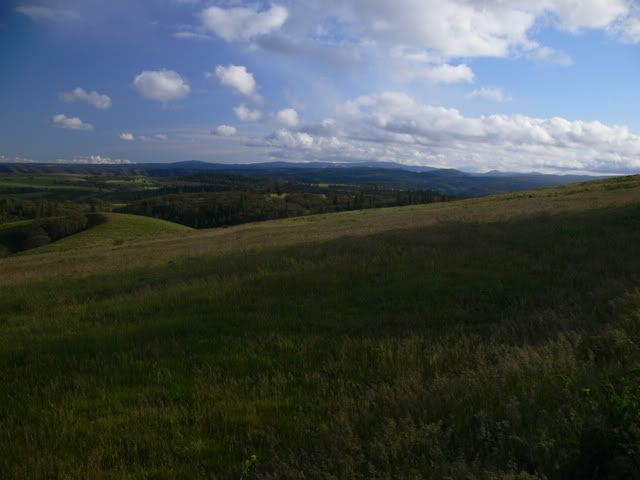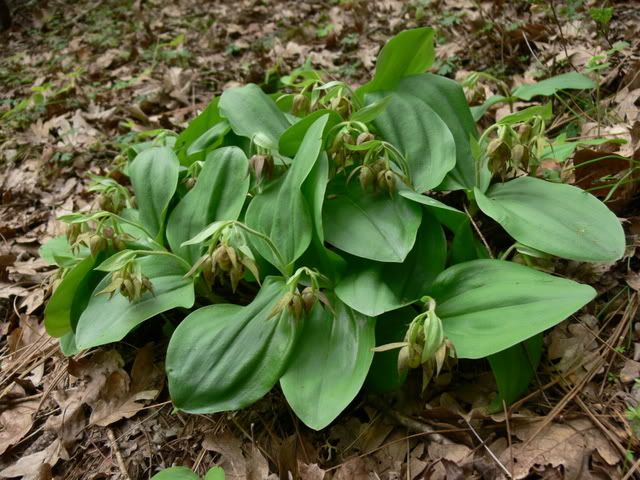Back to Southern OR again! Good trip... Too much driving for a weekend. Saw a lot though.
It was especially colorful this past spring since everything was 2 weeks behind due to cold weather. Lots of Castilleja, penstemon, asters etc... The color doesn't come out perfectly, but standing there in person it's like being in an impressionist painting: flowers of every color in every direction.
Castilleja pruiniosa

Lupinus

Triteleia ixioides, I think, possibly ssp. anilina.
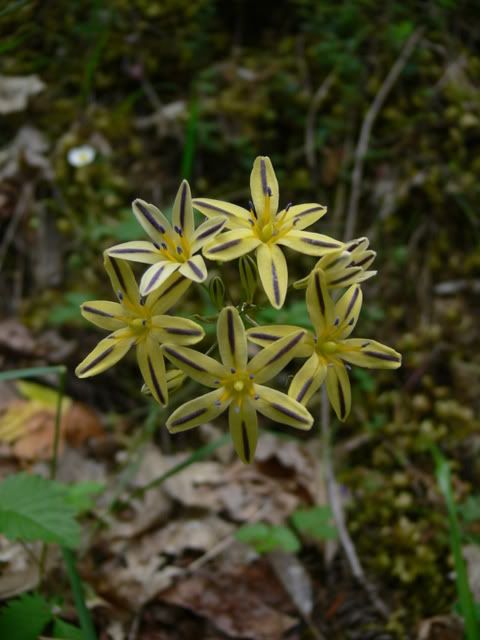
Senecio

Eschscholzia, among others.

Penstemon

Never seen a white Castilleja before. Castilleja minata alba?

This Cyp montanum was especially good looking this year. Same number of flowers on the red plants as last year.

One of my favorite photos.

This was the same site with the green montanum. Apparently, some green montanums are just year to year morphological anomalies. This one has been constant for the past two years, so we have to assume that it actually is Cyp montanum forma praeternictum.

As I mentioned before, Spring was at least 2 weeks late in Oregon. Notice that the Cyp montanum above is not completely open. The dorsal sepal should stick straight up. This was the first time I saw entire plants in bud. Particularly Cyp californicum was not open when last year the temps were 15F warmer and they were all in full bloom.
The plant I called "Tall Sepals" was looking good. There are actually two plants somewhat close with similar dorsal sepals. Good genetic material for crosses ;-)

A nice Cyp californicum. This is the plant that called, "Oops".
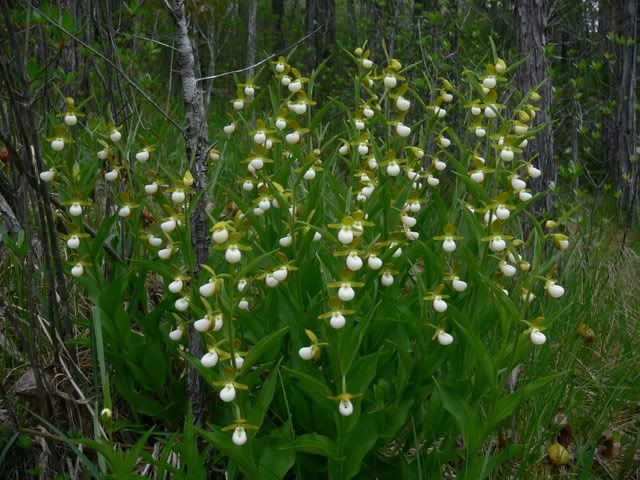
Thousands.

Here in Southern Oregon, daytime temps over the summer are 85 to 92F (records near 110F), lows 52-56F (records near 40). There is little to no rain from May to October, so there is very low humidity. It has zone 9a or 8b winters with some rain and snow. Here is a photo of the native hillside in late May... By September, 4 months without a drop of rain, you would swear it should be a desert!

In contrast, the areas in which the Cyp californicum plants grow are where the ground water hits the surface of the hillside, creating a constant 1/8in deep stream running down the hillside. The groundwater is Cold!, even when it's 100F out. This water runs all through the summer, lessening until the October rains begin. They grow in serpentine muck, which has strange chemistry. Meeting all of these characteristics is Impossible, and unfortunately we don't know yet which aspects are the essential ones!...
Below, me pollinating Thousands. Looks so tiny with a scale! This really is the biggest plant in the whole valley, though... by far.

So far, I have grown Cyp californicum (from seed) in Portland with some winter rain protection and, of course, summer water! I grow them in my standard mix of pumice/perlite/turface and so far so good. Here in Northern Oregon, we have cooler summers (average 82F) and wet winters. We still don't get a drop of rain from June to September, usually, so we have naturally low humidity. And we get the nightly cool off, though not as drastic as down south. It usually goes from the mid eighties during the day to about 60F every night. There have also been successes growing this species, off the top of my head, in Germany, England, Australia, Minnesota and the wet side of British Columbia. Go figure.
I'm guessing that vigorous Cyp cal hybrids produced in the next 10 years will be the best bet for anyone in love with Cyp cal but just in the wrong place... No harm in trying a few, in the mean time, though.
I contacted several people regarding Cyp californicum conservation. One NF botanist summed up several of my concerns:"California ladyslipper is not a forest service sensitve and therefore forest service botanists aren't involved in active restoration... Active threats are most likely logging, mining and collecting... fire suppression might be a threat... during the Biscuit fire, a large portion of suitable habitat across the range of California ladyslipper did burn and the burns were beneficial... The best thing we can probably do is keep motorized vehicles out of suitable habitat & prevent logging and mining from occuring through wetlands."
So, it looks like no one is actively doing anything, aside from politely asking people to stay out. Again, the Cyps are fortunate to have such a large and very remote section of great potential habitat protected in the Siskiyou NF, so perhaps this species is under no real threat of extirpation. It seems that there are just too many plants to get areas monitored more closely. None the less, I will continue my attempts to grow these plants from seed, from as great a variety of plants as I can find, in case of the unforseen...
Back to the trip, I saw my first Federally Threatened species in the wild this day! Lupinus sulphureus ssp kincaidii, Kincaid's Lupine. Favorite food source for the Fender's Blue Butterfly, a FE species. (Not a plant though, so I can't grow it.)


That's all for now.




















